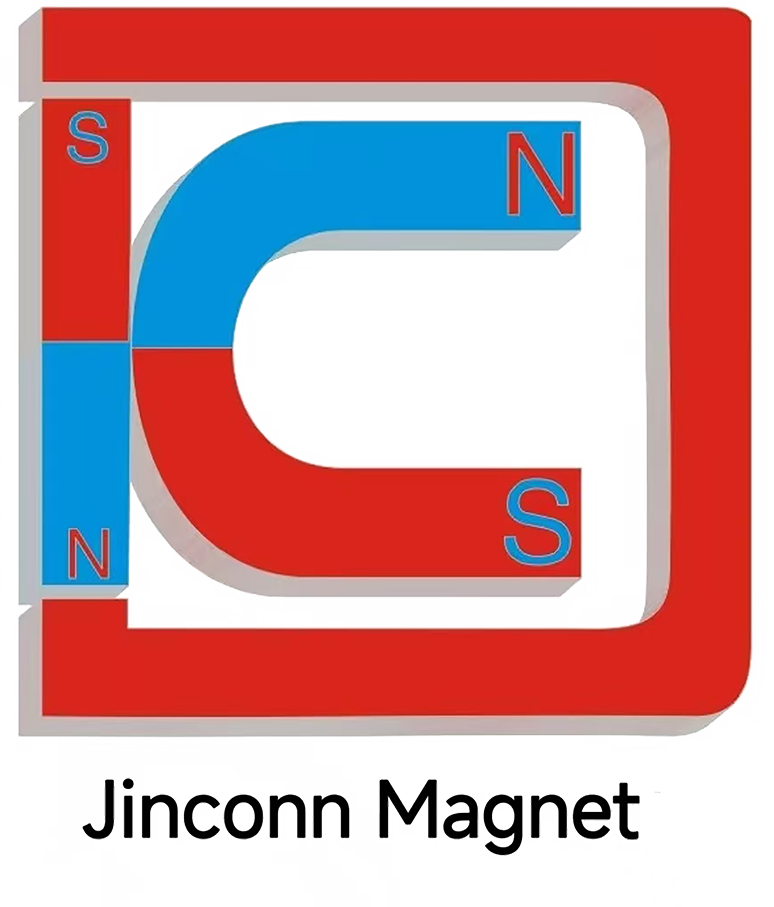Innovative Applications of Magnets in Industrial Automation
Innovative Applications of Magnets in Industrial Automation
In recent years, the rapid advancement of industrial automation has reshaped the landscape of manufacturing and production. Among the key technologies enabling this transformation, magnets have emerged as crucial components, offering high performance and reliability in various automation systems. This article explores how magnets are being innovatively applied in industrial automation, with a focus on the benefits of high-performance, quick response, and strong magnetic force.
One of the primary reasons magnets are favored in automation is their ability to deliver quick and efficient responses in dynamic environments. For example, electromagnetic actuators are widely used in automated machinery to enable rapid switching and precise movements. These actuators utilize high magnetic force to generate motion, ensuring fast and accurate operations, which is essential for industrialized production lines.
Furthermore, the industrialization of manufacturing has created a demand for components that can withstand high levels of stress while maintaining efficiency. High-performance magnets, such as neodymium and samarium cobalt, are increasingly utilized in motors and sensors within automated systems. These magnets not only deliver strong magnetic force but also exhibit remarkable durability and resistance to extreme conditions, making them ideal for industrial automation.
Quick response is another key factor driving the use of magnets in automation. Magnetic sensors, for instance, enable real-time monitoring of position, speed, and alignment in assembly lines. By integrating such sensors, manufacturers achieve higher accuracy and efficiency, ultimately contributing to a more industrialized and automated process.
In addition, the high magnetic force of modern magnets facilitates the handling of heavy materials and components. Magnetic grippers are commonly deployed in robotic arms and conveyor systems, allowing for swift and secure movement of products without physical contact. This not only improves safety but also streamlines the automation workflow, meeting the growing demands of industrialization.
In conclusion, the innovative use of magnets in industrial automation is paving the way for smarter, faster, and more efficient manufacturing processes. As technology continues to evolve, we can expect even more applications that leverage high performance, quick response, and strong magnetic force to drive the next wave of industrial innovation.
Related SEO Words (Product, Service, Client Groups):
industrial magnets, magnetic automation, electromagnetic actuator, magnetic sensor, high-performance magnet, quick response actuator, automated production, magnetic gripper, robotic arm magnet, automation components, strong magnetic force, neodymium magnet, samarium cobalt magnet, industrial robot, material handling magnet, magnetic assembly, fast switching magnet, industrial process automation, precision automation, manufacturing magnet, magnetic lifting, sensor technology, automation reliability, durable magnet, magnetized equipment, contactless handling, smart manufacturing, production line automation, factory magnet, high-speed automation, robust magnets, industrial application magnet, magnetic field control, magnetic force application, automated logistics, magnet integration, heavy load magnet, industrial solutions, smart automation, manufacturing efficiency.




Jinconn WeChat









